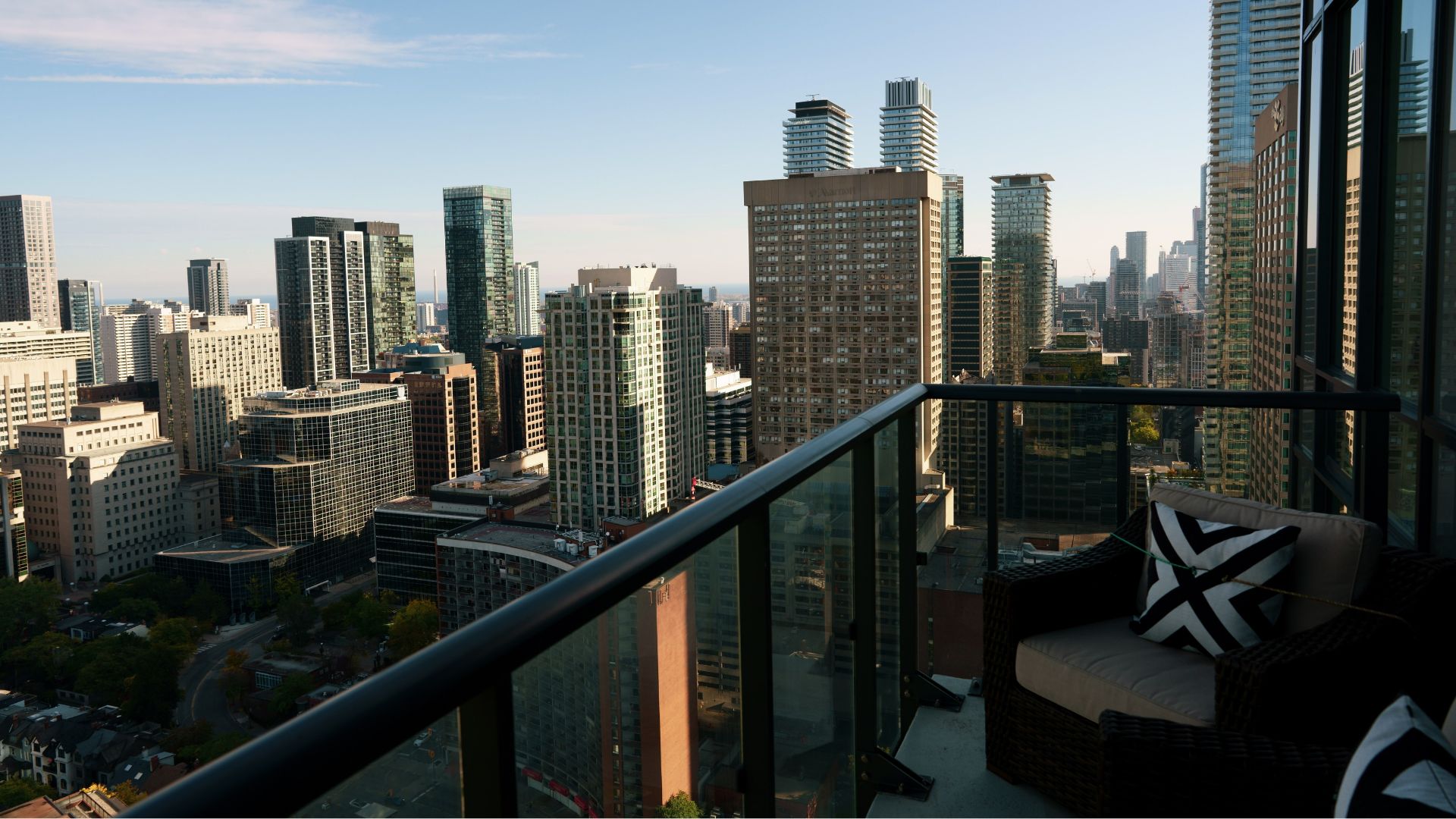Environmentally Friendly Home Renovations
With energy prices climbing and environmental concerns becoming harder to ignore, more Canadians are looking for ways to make their environmentally friendly homes greener without sacrificing comfort. The good news? You don’t need a major overhaul to see a difference. Simple upgrades like boosting insulation and upgrading heating and cooling systems can significantly cut energy bills. Plus, buyers are increasingly drawn to environmentally friendly homes with sustainable features, making these improvements a smart long-term investment. Whether you’re looking to save money, reduce your carbon footprint, or increase your home’s value, here are some of the best home renovations to consider:
Upgrade Your Home’s Insulation
Canada’s unpredictable weather makes insulation a top priority for homeowners. Poor insulation means your environmentally friendly home loses heat in the winter and struggles to stay cool in the summer, leading to higher energy bills. Adding insulation to attics, walls, and basements can make a big difference. High-performance materials like spray foam, cellulose, and rigid foam boards help retain heat during the colder months and block excess heat in the summer. Sealing drafts around windows and doors with weatherstripping or caulking adds another layer of efficiency. Insulated curtains or thermal blinds are also a great way to trap heat inside during winter and keep interiors cooler in summer.
Install a Heat Pump for Efficient Heating and Cooling
Traditional heating and cooling systems can be costly and energy-intensive, especially in colder regions. A heat pump is a great alternative that uses electricity to transfer heat rather than generate it. In the winter, it pulls warmth from the air or the ground and moves it indoors. In the summer, it does the opposite, keeping your home cool. With government rebates available across Canada, upgrading to a heat pump is an affordable way to reduce reliance on fossil fuels. Cold-climate models are designed to work efficiently in sub-zero temperatures, making them a smart choice for homeowners looking to build an environmentally friendly home.
Swap Out Old Windows and Doors
Old windows and doors let heat escape, forcing heating systems to work overtime. Replacing them with energy-efficient models, like triple-pane windows with low-emissivity (Low-E) coatings, can make a noticeable difference. These windows allow natural light in while keeping heat where it belongs. Energy-efficient doors with proper seals also prevent drafts and help regulate indoor temperatures. In colder regions like Alberta and Quebec, opting for windows filled with argon or krypton gas can provide even better insulation, reduce condensation, and keep your environmentally friendly home comfortable year-round.
Switch to Water-Saving Fixtures
Water conservation is becoming increasingly important, especially in cities where water use restrictions are in place. Upgrading to low-flow toilets, faucets, and showerheads can significantly cut down on water waste. Installing a rainwater collection system is another great way to reduce reliance on municipal water. For even greater savings, consider a greywater recycling system that reuses water from sinks, showers, and laundry for flushing toilets or irrigation—an excellent addition to building an environmentally friendly home.
Choose Sustainable Building Materials
If you’re planning home renovations, opt for eco-friendly materials that reduce waste and improve indoor air quality. Bamboo flooring, reclaimed wood, recycled metal, and low-VOC (volatile organic compound) paints are excellent choices. These materials not only support sustainability but also contribute to a healthier home environment. Sourcing Canadian-made products further lowers the carbon footprint by reducing transportation emissions. The Forest Stewardship Council (FSC) certified wood is a great option for cabinetry and furniture, as it ensures responsible forestry practices. Incorporating environmentally friendly home décor into your space, such as furniture made from recycled materials or energy-efficient lighting, is another simple yet effective way to enhance your home’s sustainability.
Make Your Home Smarter
Smart home technology isn’t just about convenience; it can also boost energy efficiency. A smart thermostat like Google Nest learns your schedule and adjusts heating and cooling automatically, reducing energy waste. Smart lighting systems with motion sensors and timers prevent unnecessary electricity use while energy-monitoring devices help track and optimize power consumption. Smart power strips eliminate phantom energy drain from electronics that stay plugged in but aren’t in use. These upgrades are perfect for anyone looking to build an environmentally friendly home that’s both modern and efficient.
Install a Solar Energy System
With Canada’s commitment to reducing carbon emissions, solar energy is becoming an increasingly viable option for homeowners. While solar panels are most effective in sunnier provinces like Alberta and Saskatchewan, advancements in technology have made them more efficient even in cloudier regions. Grid-tied solar systems allow homeowners to generate their own electricity and sell excess power back to the grid through net metering programs. Battery storage solutions can also provide backup power during outages, making solar an excellent long-term investment in building an environmentally friendly home that’s self-sufficient and cost-effective.
Build a Greener Future with REMAX
Finding an environmentally friendly home in Canada has never been easier. Whether you’re upgrading your current space with environmentally friendly home renovations or searching for a new home with sustainable features, REMAX can help you find the perfect fit. Explore energy-efficient, eco-friendly homes that align with your lifestyle. Start your journey toward greener living with REMAX today.






